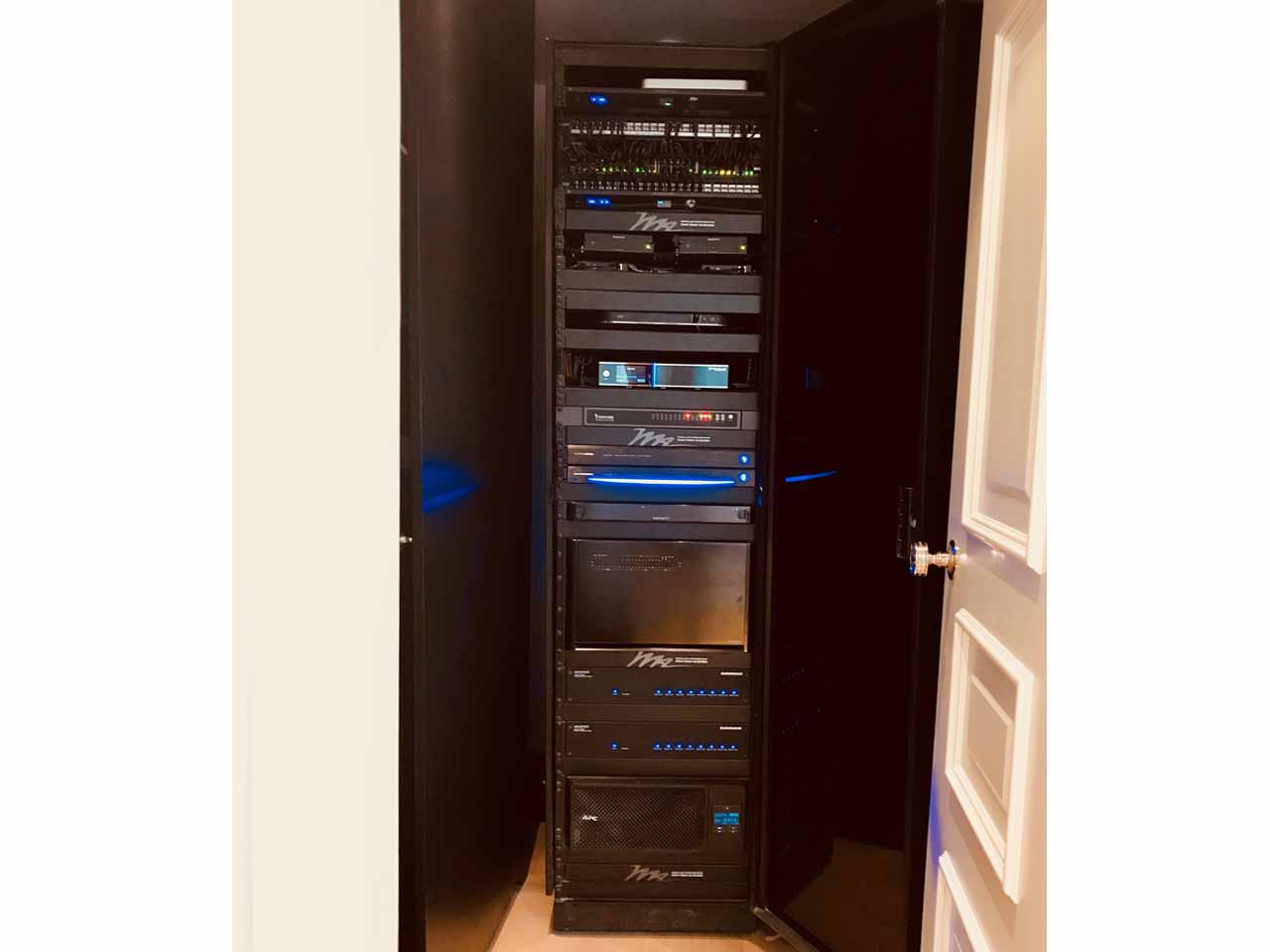Vulnerable IoT devices are the biggest threat to the security of smart homes
What Are IoT Devices
IoT or “Internet of Things” as it is called is the idea of extending internet connectivity to non-traditional devices such as heating system, window blinds, lights, door lock etc. Each object is labelled with an UID or Unique Identifier giving it the ability to transfer data over the internet or a local network.

How Do IoT Devices Work?
The IoT ecosystem mainly consists of smart, web-enabled devices which have embedded processors, communication hardware and sensors which collect, act, and send data. The sensor data collected is sent to the cloud or to a local system for analysis. IoT devices can also communicate with each other and can act on information they source from each other. All if not most of the work is done without any human intervention though people are free to interact with these devices like setting them up, providing instructions or access privileges. The communication, connectivity, and communication protocols mainly used depend on what type of IoT applications are deployed.
The Growing Number of IoT Ready Devices
Currently, there are about 17 billion connected devices in the world. According to one of world’s leading research and advisory company Gartner, the number will increase to 20 billion IoT devices by 2020. Thanks to the rise of cloud computing and home automation technologies, we can now control our smart homes remotely while on holiday or to keep all our digital properties synchronized to all smart devices.
IoT Devices in A Smart Home
A typical smart home usually will feature a multi-room audio video system, lighting control, home cinema, climate control, intercom system and CCTV. Each of these features requires specific IoT devices for them to work. And these devices must work together within the IoT network. Each of these devices is potentially a doorway to the home’s network. For instance, your smart CCTV camera is connected to the internet, and that camera is accessible via an app on your iPhone. Each time something passes in front of it, or there is suspicious movement it sends you a picture or message. This type of system helps home, and business owners keep an eye on their space without having to be there physically. However, there are drawbacks to these systems as we’ll examine below.
Insecure Devices in Your IoT Network Can Leave the Entire Network Vulnerable
No matter how much you love your smart lighting or smart refrigerator or even a washing machine with remote capabilities the fact is that they are connected to the internet. Being connected to the internet makes them vulnerable to intrusion or hacking. The chance of a hack increases every time you add a new device into your network. At the 2014 DEFCON event, security experts discovered 14 vulnerabilities in different routers within an hour of a contest.
Markets are flooded with IoT devices that have numerous security flaws. But it is something that most people don’t stop to think about because it never occurs to them. This practice has led to a massive increase in the number of network intrusion incidents. You probably heard of last year’s Bangladesh bank hacking incident made possible when hackers found a vulnerability in one of the bank’s IoT devices.
Hackers regularly scan networks for security exploits. They try to find the least secure device and use that as a doorway into your network. Once in, they can take control of your smart home, steal your information, enter your home or even secretly watch your movements using your security cameras.
It is critical that all your devices are regularly monitored, secured with updates and where possible with the best firewall.

4 Tips for Securing IoT Devices
1) DON’T BUY CHEAP IOT DEVICES
If you are serious about security, purchase devices from trusted brands even if there are cheaper alternatives. Good brands monitor security issues and patch them with regular updates and fixes. On the other hand, cheaper devices tend to overlook most security issues.
2) CREATE A SEPARATE NETWORK ONLY FOR IOT DEVICES
It is always a good idea to create a separate network for IoT devices. Each smart home device should have access to use this network. While guests and even family members should have access to it to a separate network. Also as mentioned above the IoT devices should be behind a firewall. Fortunately, many high-quality Wifi routers come equipped with a firewall, and you can install one of your choices manually too.
3) USE A STRONG PASSWORD FOR EACH DEVICE
Create a strong password with a combination of letters, numbers and special characters for the network and each device. Each password should be unique. Use LastPass or some other password manager to store your passwords so that you don’t have to remember each one.
4) AUDIT YOUR IOT DEVICES FOR EXPLOITS
Each IoT device on the network should be audited for known/unknown exploits. That will require a good understanding of the network’s infrastructure and devices. If you are not confident about that, find a qualified IoT security company to audit your network and all associated IoT devices.
As IoT devices grow in popularity, the market continues to be flooded with substandard and often vulnerable devices. So, it is your responsibility to be fully prepared against these intrusions. The best way is to either do it yourself or hire an expert.
AVITHA provides IoT security assessment of smart home automation system and network. All our installers are member of IoT security foundation. We offer consultation service to all our clients. Contact us today for IoT security assessment.

